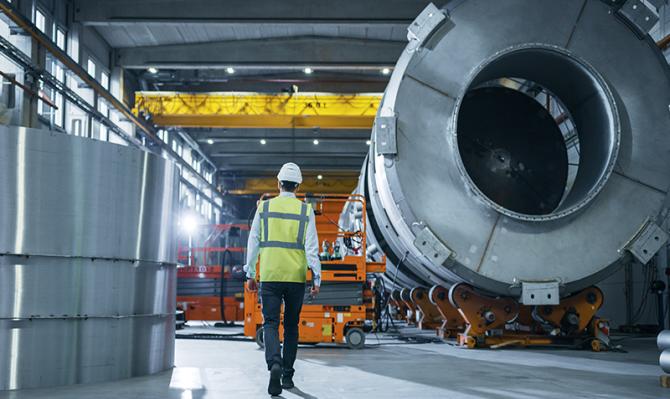Industry
Spain’s manufacturing industry overcomes the challenges of 2022 with flying colours

- In recent years, manufacturing has been repeatedly weighed down by external factors that have characterised the economic scenario, starting with the effects of the COVID-19 crisis, followed by bottlenecks in 2021 and much of 2022, the energy crisis in the wake of the war in Ukraine and, finally, the impact of the ECB’s interest rate hike. In fact, 2022 was once again a particularly adverse year for a sector that, nevertheless, not only managed to avoid the worst-case scenario of a slump in activity but also saw dynamic growth continuing in most of its indicators (the sector’s GVA grew by 3.8% in the year). Our analysis of the performance of manufacturing’s different branches shows that the sector as a whole would have returned to its pre-pandemic levels in 2022 had it not been for the effects of bottlenecks and, above all, higher energy prices. Based on this analysis, the rest of the report attempts to delve deeper into the impact of each of these external factors that are affecting the sector or will affect it in the medium term: namely rising interest rates, supply problems for certain inputs and higher production costs.
- One of the most decisive factors for the economic scenario in 2023 will be the impact of the ECB’s interest rate hike on agents’ consumption and investment decisions. This report devotes a specific article to examining the financial position of the different branches of Spain’s manufacturing industry in an attempt to determine their exposure to tighter financial conditions. The database of the Central Balance Sheet Data Office, produced by the Bank of Spain, reveals that Spanish industry is still in a healthy financial position compared to the economy as a whole and to other sectors of production. However, there are big differences between the different branches, in particular in the case of the apparel and the leather and footwear industries, both in a worse position because of their recent gearing and also because they are in a weaker financial situation than in previous cycles of interest rate hikes. In any case, the rest of the branches are in a strong position, so we expect the impact of interest rate hikes will be contained.
- Regarding the disruptions in global supply chains, triggered towards the end of 2020 by the post-pandemic reactivation in demand and further aggravated by the war in Ukraine and the persistence of COVID-19 in Asia, the third article of this report analyses import data by industrial grouping to assess the extent of the impact on Spanish industry. Our analysis highlights manufacturers of computer equipment (with imports falling by as much as 50% in 2022 compared to 2019) and the automotive industry (21% drop in imports) as the worst hit sectors. However, the factors behind these supply disruptions have eased in recent months, especially after China opened up again to trade. As a result, in 2023 we expect manufacturing to leave behind one of the main obstacles of recent years and therefore receive an important boost for growth.
- The last article examines how the higher price of certain key raw materials for the sector have pushed up operating costs for Spain’s manufacturing industry (+25.4% in 2022 compared to 2019), again due to external factors. This has forced the sector to increase its production prices (19.8% in 2022) in order to offset part of this increase in costs and not compromise economic viability. However, despite offsetting costs through higher prices, it should be noted that the gross margin for industry narrowed in 2022 compared with the margins recorded in 2019.